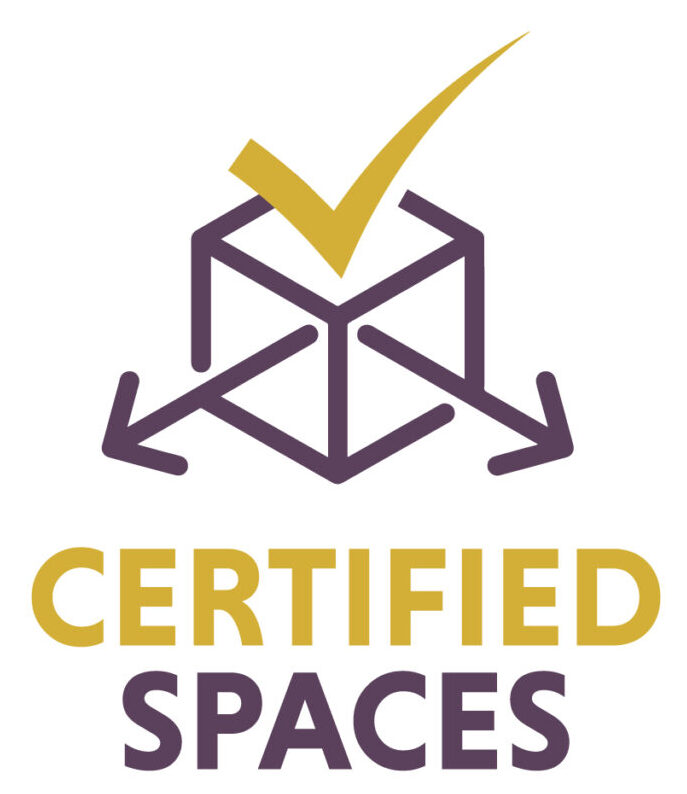How Proper Illumination Enhances Learning in Training Environments
Lighting is often overlooked in training environments, yet it plays a critical role in shaping the learning experience. Research shows that well-designed lighting can improve focus, reduce eye strain, and even enhance mood—all of which contribute to better learning outcomes. For businesses offering commercial training, investing in the right lighting isn’t just a design choice; it’s a strategic decision that can significantly impact the effectiveness of their programs.
Why Lighting Matters
Studies have demonstrated that natural light is the gold standard for learning environments. A 2015 study by the Journal of Clinical Sleep Medicine found that exposure to natural light improves cognitive performance and alertness. However, not all training spaces have access to ample natural light. In these cases, artificial lighting must be carefully designed to mimic the benefits of daylight.
For example, cool white lighting (around 5000K) is ideal for tasks requiring focus and attention, such as technical training or exam preparation. On the other hand, warmer lighting (around 3000K) can create a more relaxed atmosphere, suitable for creative or collaborative activities. The key is to strike a balance that suits the type of training being delivered.
The Impact on Learners
Poor lighting can lead to eye strain, headaches, and fatigue—common issues that hinder learning. A study by the American Society of Interior Designers found that 68% of employees complain about lighting in their workplaces, with many citing it as a major source of discomfort. In a training setting, this discomfort can translate to reduced engagement and retention.
For instance, a logistics training company noticed a significant improvement in test scores after upgrading their classroom lighting. By switching to LED fixtures with adjustable brightness, they created a more comfortable and adaptable learning environment.
Best Practices for Training Spaces
- Maximise Natural Light: Position training tables near windows and use light, reflective colours to amplify natural light.
- Layer Lighting: Combine ambient, task, and accent lighting to create a versatile space.
- Use Adjustable Lighting: Install dimmers or smart lighting systems to adapt to different activities.
- Avoid Glare: Position lights to prevent glare on screens or whiteboards.
How We Can Help
At Certified Spaces we understand the importance of creating optimal training environments. As part of our verification process, we assess factors like lighting to ensure businesses meet the highest standards for learner comfort and effectiveness. By working with us, training providers can demonstrate their commitment to excellence and stand out in a competitive market.
Proper lighting is more than just a detail—it’s a cornerstone of effective training. By prioritising this often-overlooked element, businesses can create spaces that inspire learning and drive success.
